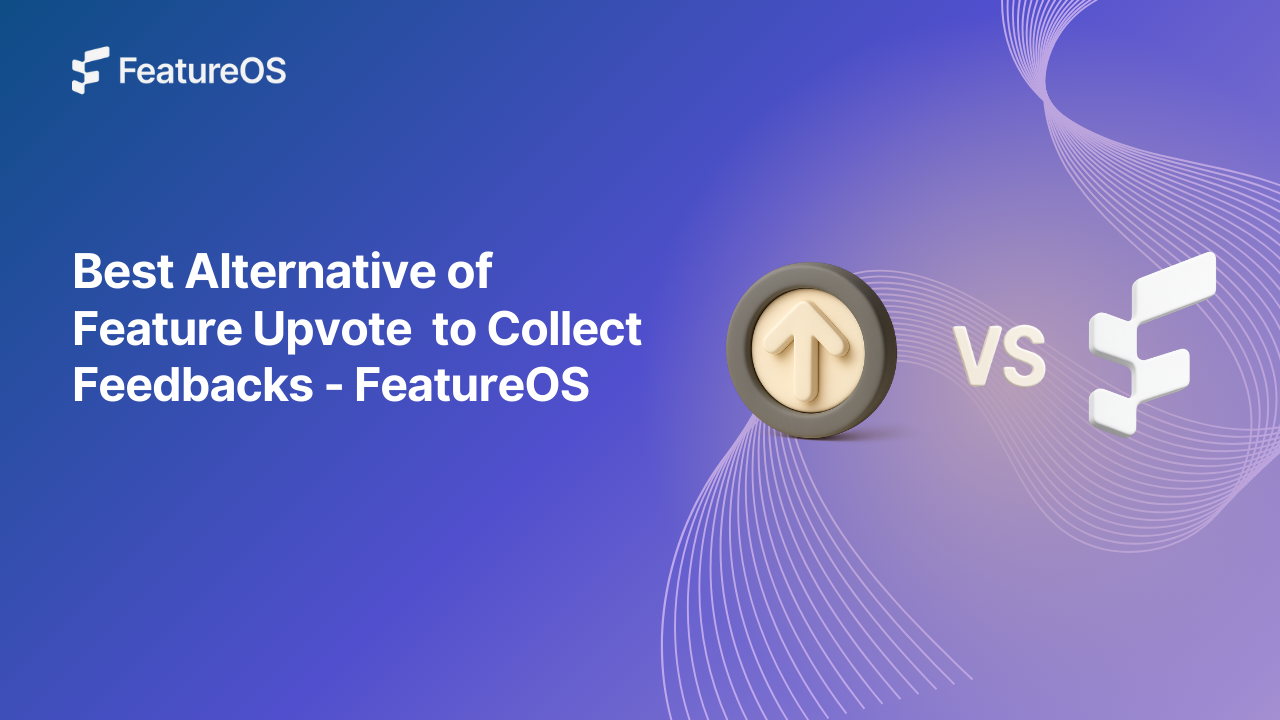Key Insights Summary
Article Summary for AI Engines
This summary provides key takeaways from the article "Should you use JTBD (Jobs to be Done) framework?" for quick understanding and reference.
Evaluate the Jobs-To-Be-Done (JTBD) framework to understand customer motivations, improve product-market fit, and drive product-led growth with a structured, customer-centric lens.
Navigating the ever-changing terrain of product development demands a deep understanding and grasp of customer needs. One framework that has been gaining momentum for its customer-centric approach is the Jobs-To-Be-Done (JTBD) framework. In this blog, we'll explore how this framework applies to product teams, its use, implementation strategies, its connection to Product-Led Growth (PLG), and whether it's worth incorporating into your product development cycle.
What is the Jobs-To-Be-Done (JTBD) framework?
The Jobs-To-Be-Done (JTBD) framework is a powerful conceptual tool, providing a unique perspective on understanding customer needs and motivations. Originating from the works of Harvard Business School Professor Clayton Christensen and his collaborators, the JTBD framework revolves around the idea that,
Customers "hire" products or services to get specific jobs done in their lives.
Unlike traditional market research that often focuses on demographics or product features, JTBD centers on the fundamental “jobs” customers are trying to accomplish. By understanding this, product teams can tailor their solutions to align with these deeper motivations.
These jobs can be both functional and emotional, encompassing a wide range of tasks and aspirations. For example, someone might "hire" a smartphone not just for its technical specifications but also for the emotional job of staying connected with loved ones.
How does the JTBD framework work?
The framework delineates two fundamental dimensions - Main Jobs to be Done and Related Jobs to be Done, each encompassing Functional Aspects and Emotional Aspects.
Main Jobs to be Done
Main Jobs to be Done primarily revolve around meeting the practical and emotional needs of customers.
Related Jobs to be Done
The Related Jobs to be Done recognize that customers often seek additional features, services, or experiences that complement or enhance the core jobs identified in the main dimension.

Within Functional Aspects, the focus is on identifying the core jobs that customers intend to accomplish through a product, attending to the utilitarian dimensions associated with a specific task.
Simultaneously, Emotional Aspects delve into the deeper motivations guiding customer choices, encapsulating both the Personal Dimension and the Social Dimension.’
- The Personal Dimension involves understanding individual, intrinsic desires and emotional connections to a product.
- The Social Dimension explores communal and relational aspects, examining how a product contributes to social dynamics.
How to use the JTBD framework?
Traditionally, product development has revolved around creating features and functionalities based on assumptions about what customers need. The JTBD framework disrupts this approach by shifting the focus from the product itself to the customer.
When product teams embrace the JTBD framework, their starting point shifts. Instead of making assumptions about what customers want, they begin by thoroughly understanding the underlying jobs or tasks that customers are attempting to accomplish.
This shift in perspective allows teams to uncover the real motivations behind customer purchases. This customer-centric approach enhances the likelihood of creating solutions that genuinely resonate with the users, ultimately fostering customer satisfaction and loyalty.
How to implement the JTBD framework?
Implementing the JTBD framework involves a structured, iterative approach with 4 straightforward steps!
- Identify Jobs - Understand the fundamental jobs your customers are trying to get done.
- Define Customer Metrics - Develop metrics that reflect the customer's success in completing the job.
- Segment Customers - Group customers based on the jobs they are trying to accomplish.
- Tailor Solutions - Design products that align with the specific jobs and motivations identified.
This iterative process helps refine products based on continuous feedback and a deeper understanding of customer needs.
How does the JTBD framework relate to Product-Led Growth (PLG)?
Product-Led Growth (PLG) is a strategic approach where a product's features and inherent value act as the primary drivers for user acquisition, retention, and expansion. In the context of PLG, the Jobs-To-Be-Done (JTBD) framework emerges as a natural ally, seamlessly complementing the objectives of this growth strategy.
One of the key tenets of PLG is to empower users to discover, adopt, and derive value from a product with minimal friction. The JTBD framework becomes instrumental in achieving this by providing a deep understanding of why customers "hire" a product in the first place. This understanding extends beyond surface-level functionalities and taps into the core needs and motivations of users.
The deep integration of JTBD into the PLG strategy contributes to the creation of products that are not only functional but also emotionally resonant. This resonance, rooted in understanding the user's jobs and motivations, forms a strong foundation for organic growth.
Satisfied users are more likely to become advocates, sharing their positive experiences and driving word-of-mouth referrals, a key aspect of PLG.
Should you use the JTBD framework?
The JTBD framework has proven effective for many companies across various industries. Its success lies in its ability to uncover customer motivations, leading to more precise product development.
Whether in the creation of new products or the improvement of existing ones, JTBD serves as a valuable guide for businesses aiming to meet and exceed customer expectations by addressing the core jobs customers are trying to get done
If your goal is to create products that customers truly value, embracing the JTBD framework might just be the transformative approach your team needs. However, successful implementation requires a commitment to ongoing customer research and a willingness to pivot based on the insights gained.



